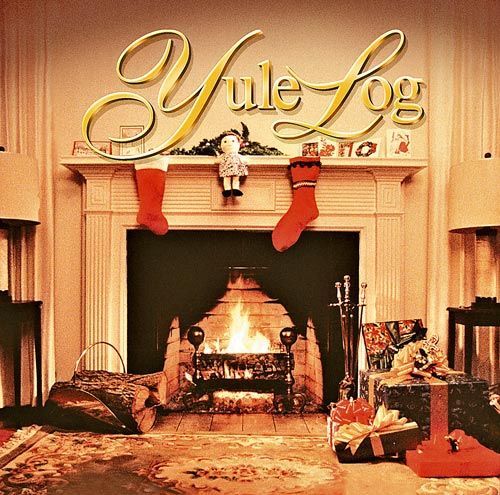How many BTUs in your Yule log?

The endlessly-burning Yule log has been a holiday feature of WPIX TV for nearly half a century. Photo: WPIX
The tradition of burning a Yule log, or Christmas log, has largely faded away in most parts of the world. Although often depicted as a modest-size birch log, the monster Yule logs back in 6th and 7th century Germany were intended to burn all day (in some cultures, for twelve days) without being entirely consumed. The unburned portion of log was kept to bring good luck to the household and was used to light the following year’s Yule log.
While a birch log is picturesque, it doesn’t compare with many other hardwoods in terms of heat value and how long it will burn. All people are created with equal value; with logs, not so much.
Heat value, whether from coal, oil or wood, is measured in BTUs, or British thermal units. One BTU represents the energy required to heat a pound of water one degree Fahrenheit. Firewood is usually hardwood, though that’s a misnomer in as much as some hardwoods are actually quite soft. Basswood and eastern cottonwood, for example, have a BTU per (dry) cord rating of around 12 million, lower than that of white pine (16 million) or balsam (20 million).
As those who heat with wood know, hard maple is the gold standard for firewood, producing a whopping 30 million BTUs per cord. You’d have to burn twice as much butternut or aspen to get the same heat! Hickory, beech, black locust, white oak and ironwood (hop hornbeam) come in just behind hard maple. The iconic paper birch has about 20 million BTUs per cord, respectable but not a premium fuel.
Of course there are other considerations aside from BTU value in choosing firewood. Even though balsam heats better than butternut, it creates more creosote, and tends to throw lots of sparks as it burns. Moisture is also critical. When you burn wet wood, much of the wood’s heat value goes into boiling off the water. Fresh-cut elm is 70 percent water by weight—you’d get very little heat from that, assuming you could even keep it lit.
Outdoor furnaces, because they have a blower, are capable of burning green wood. This might be seen as a convenience, but if you burn unseasoned wood in an outdoor furnace you’re spending twice as much time, lifting twice the amount of wood compared to burning dry fuel. (How’s your back these days, anyway?)
In the Balkans and parts of southern Europe the true Yule log tradition still lives on, while in other regions, including Quebec, a “Yule log” cake is popular for dessert at Christmas time. If you’re one of the few Americans who will burn an actual Yule log in an open hearth this year, you probably have a good chunk of dry hard maple or hickory set aside, plus a remnant of last year’s log with which to light it.
But if that’s not your tradition, you can join millions of Americans who tune into the televised Yule Log Program on Christmas. That log apparently not only burns all day, but was first started way back in 1967. I’d like to know what species of tree it’s from, because with just a few of those trees we could solve the energy problem once and for all.
Paul Hetzler is a horticulturist for Cornell Cooperative Extension of St. Lawrence County
Tags: holidays







